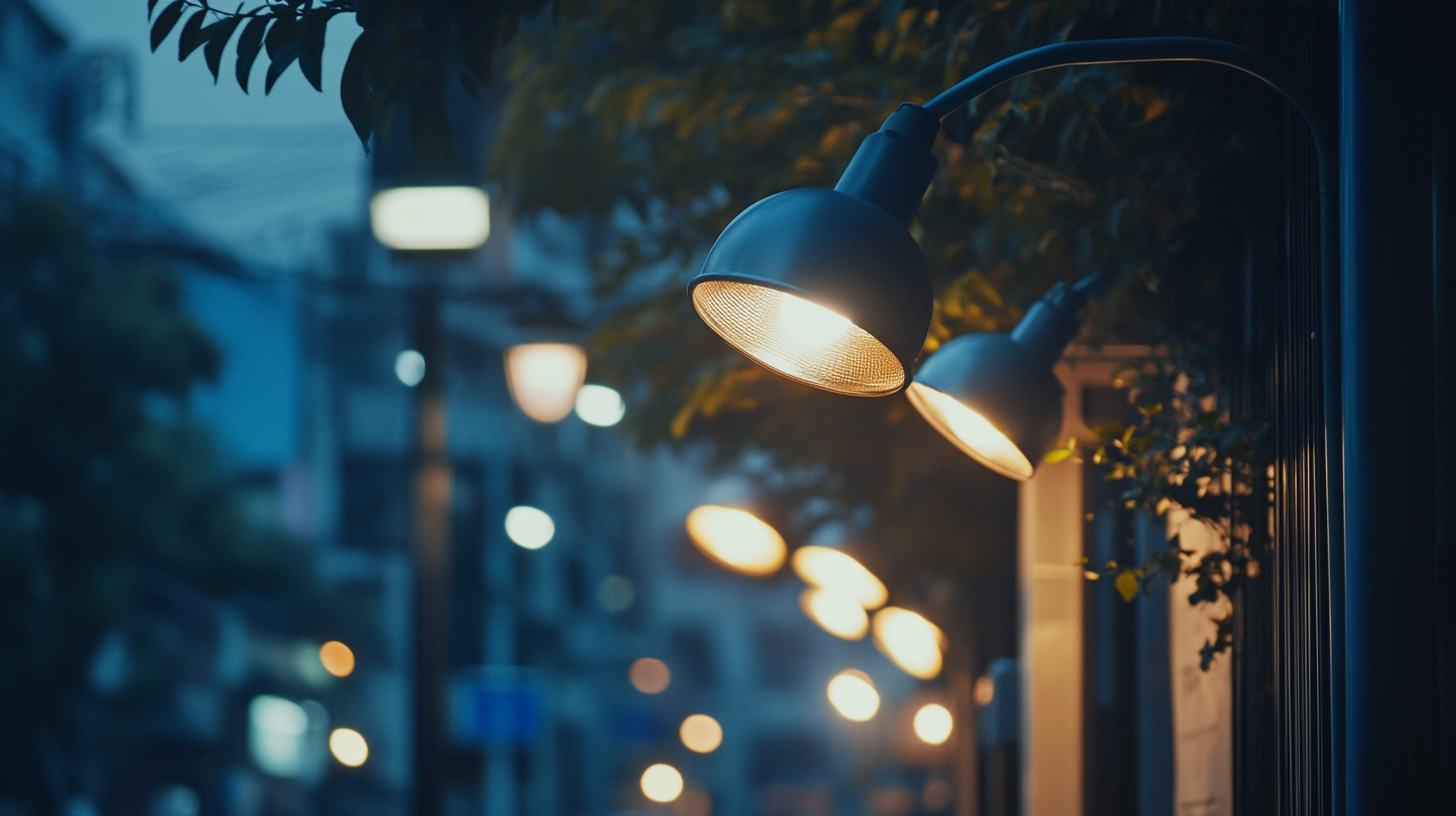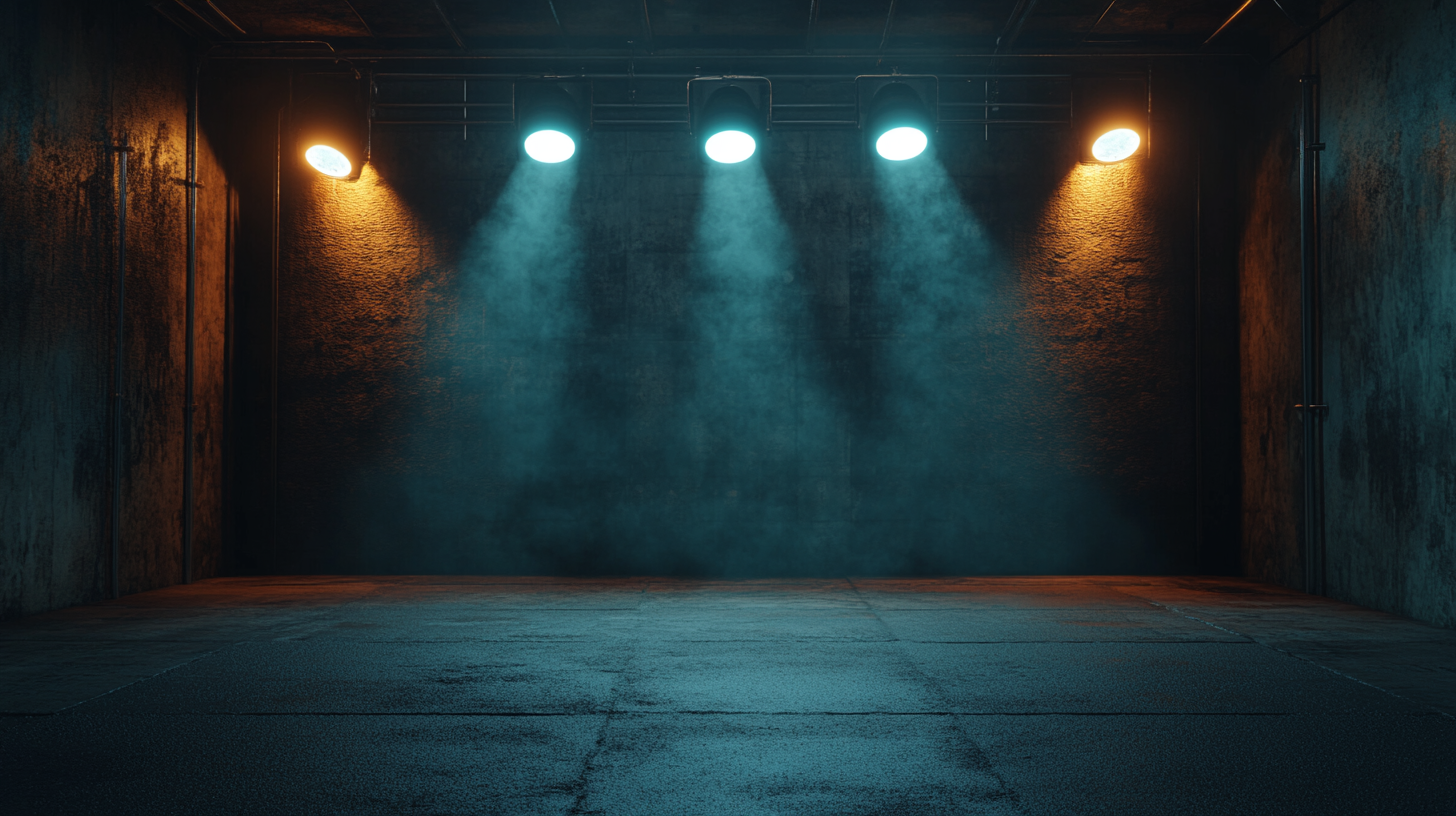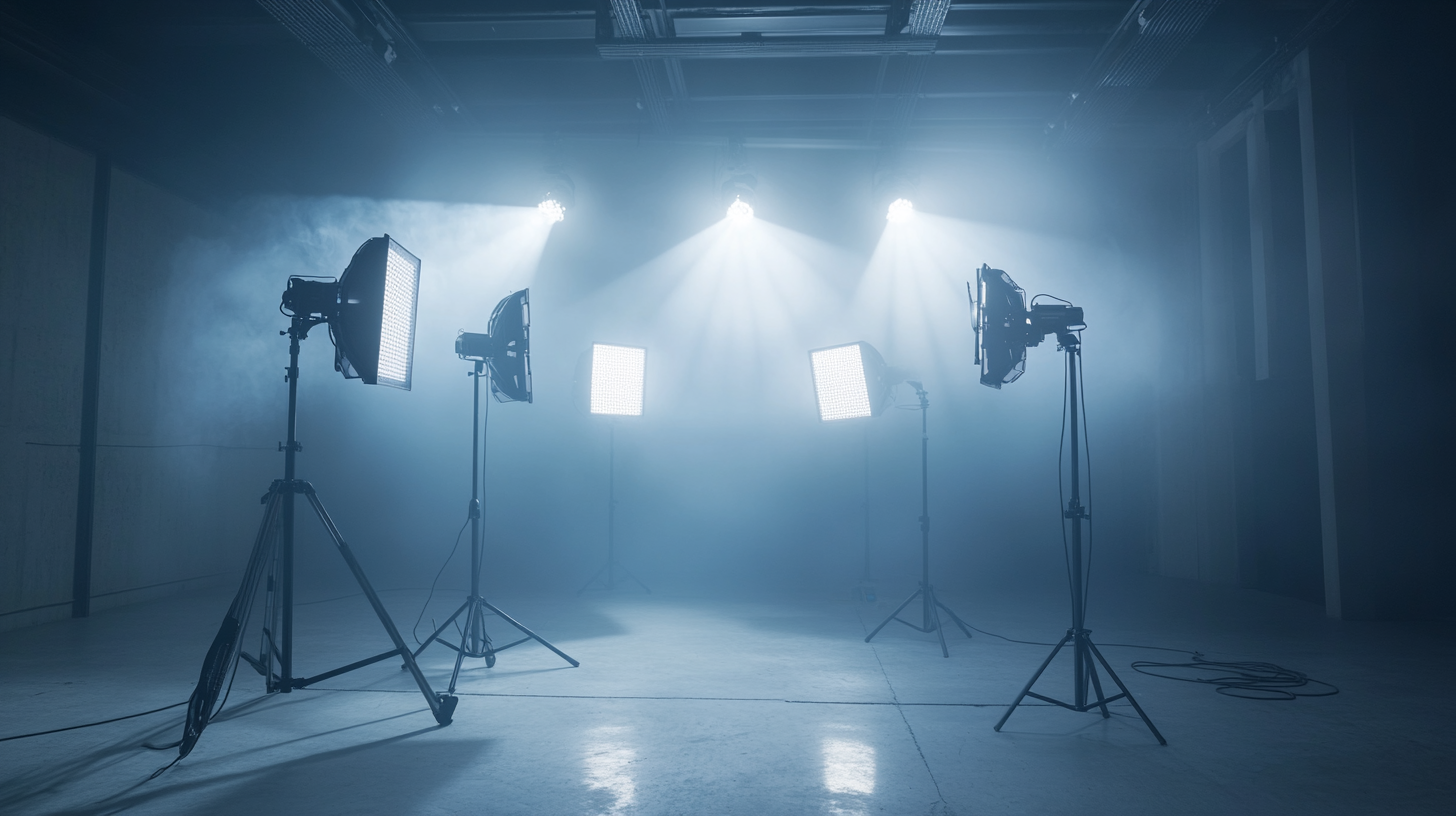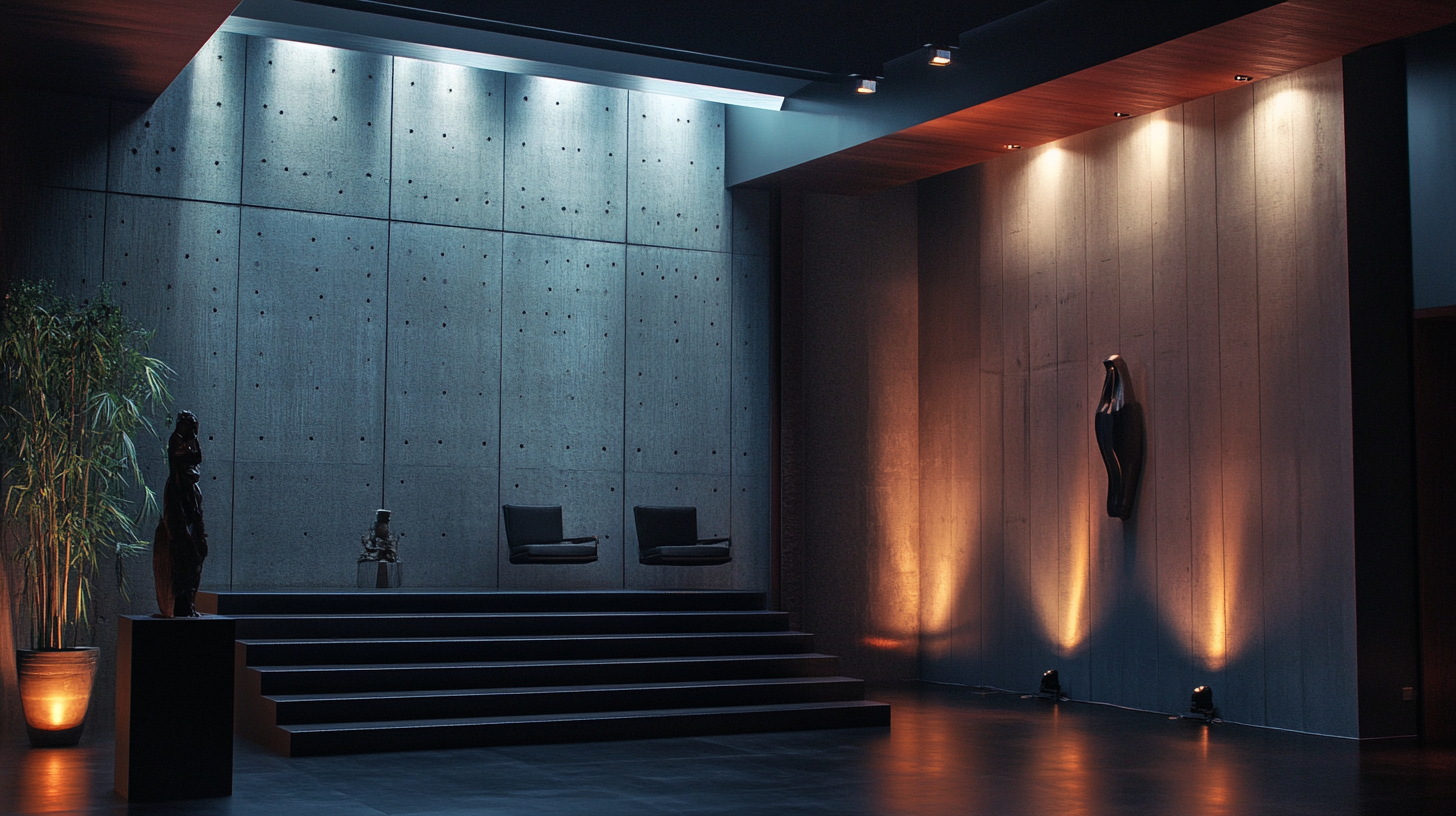Your Complete Resource for Understanding Led Spotlights
In recent years, LED spotlights have emerged as a popular lighting solution, transforming the way we illuminate our homes and workspaces. These versatile fixtures not only offer significant energy savings compared to traditional lighting options, but they also provide enhanced brightness and a longer lifespan. As consumers increasingly seek sustainable and efficient lighting choices, understanding the benefits and functionalities of LED spotlights becomes essential for making informed decisions.
This blog serves as your complete resource for understanding LED spotlights, from their technical specifications to their various applications in residential and commercial settings. Whether you are considering upgrading your current lighting system or simply looking to deepen your knowledge about this innovative technology, we will explore the advantages, installation tips, and design ideas that can help you maximize the potential of LED spotlights. Join us as we illuminate the world of LED spotlights and guide you on your journey towards smarter, more effective lighting solutions.

What Are LED Spotlights and How Do They Work?
LED spotlights have revolutionized the lighting industry by providing efficient, versatile, and long-lasting solutions for both residential and commercial applications. Unlike traditional incandescent bulbs, LED spotlights utilize light-emitting diodes to produce illumination. This technology offers significant energy savings—up to 80% less energy consumption compared to older lighting forms, as reported by the U.S. Department of Energy. These efficient fixtures not only reduce electricity bills but also contribute to lower carbon footprints, aligning with global sustainability goals. The core working principle of LED spotlights lies in the semi-conductive materials that emit light when electricity is passed through them. This process generates far less heat than incandescent bulbs, allowing more energy to be converted into visible light. Additionally, LED technology allows for diverse color temperature options, enhancing the ambiance of a space and making LED spotlights suitable for various applications from accent lighting in homes to focused illumination in art galleries. According to a recent market analysis by Fortune Business Insights, the global LED lighting market is projected to reach $154.74 billion by 2028, underscoring the growing preference for energy-efficient lighting solutions among consumers and businesses alike. Furthermore, LED spotlights boast an impressive lifespan, often exceeding 25,000 hours, which significantly reduces replacement frequency and associated costs. As they continue to evolve, innovations such as dimmable options and smart technology integration are becoming more prevalent, allowing users to customize their lighting experiences. As the industry progresses, LED spotlights not only remain pivotal in energy-efficient lighting but also demonstrate adaptability to meet the dynamic needs of modern lighting design.

Advantages of Using LED Spotlights Over Traditional Lighting
LED spotlights have become increasingly popular in both residential and commercial settings, offering numerous advantages over traditional incandescent and halogen lighting. One of the key benefits of LED technology is its energy efficiency. According to the U.S. Department of Energy, LEDs use up to 75% less energy than conventional lighting, translating to significant cost savings on electricity bills. This efficiency is particularly beneficial for businesses looking to reduce operational costs while maintaining high-quality illumination.
In addition to energy savings, LED spotlights boast a longer lifespan, which can dramatically affect maintenance costs and replacement frequency. The average lifespan of an LED bulb is approximately 25,000 hours compared to just 1,000 hours for incandescent bulbs. This means that once installed, LED spotlights not only minimize the need for frequent replacements but also contribute to reduced waste, making them a more environmentally friendly option.
Furthermore, LED technology allows for greater versatility in lighting design. Unlike traditional lighting, which typically provides a fixed range of light, LED spotlights can be easily adjusted to create various lighting effects, enhancing aesthetics and functionality in any space. Research from the Lighting Research Center also indicates that LEDs help reduce light pollution, as they can be designed to direct light precisely where it is needed without excessive scatter. This precision improves the overall quality of illumination while being mindful of the surrounding environment.

Key Factors to Consider When Choosing LED Spotlights
When selecting LED spotlights, several key factors should be considered to ensure optimal performance and energy efficiency. Firstly, lumens output is crucial. According to a report by the U.S. Department of Energy, the brightness of LED lighting is often measured in lumens rather than watts. A higher lumen output means a brighter light, making it essential to choose LED spotlights that offer the right intensity for your particular space. For instance, for reading or task lighting, aim for spotlights that deliver at least 600 lumens.
Another important factor is color temperature, which is measured in Kelvin (K). A study by the International Energy Agency found that the color temperature of lighting can significantly impact mood and productivity. For warmer environments, such as living rooms, LED spotlights with a color temperature between 2700K and 3000K are often preferable. In contrast, cooler temperatures (4000K to 5000K) are better suited for work areas where enhanced focus is required.
Additionally, beam angle plays a vital role in how the light will be distributed in a space. According to research published by the Illuminating Engineering Society, a narrower beam angle (25 degrees or less) provides targeted lighting ideal for highlighting features, while a wider beam angle (over 40 degrees) offers broader coverage for general illumination. Understanding these key components will help guide your choice, leading to a well-lit and functional environment that meets both aesthetic and practical needs.

Popular Applications of LED Spotlights in Home and Commercial Settings
LED spotlights are gaining traction in both home and commercial settings due to their energy efficiency and versatility. Recent reports indicate that the global LED lighting market is projected to exceed $85.97 billion by 2023, driven by a growing awareness of environmental sustainability. This shift not only enhances residential spaces but also elevates commercial environments where lighting plays a crucial role in aesthetics and functionality.
In home settings, LED spotlights are highly sought after for their ability to accentuate architectural features, artworks, and living areas. Their compact design makes them suitable for various configurations, providing both direct and ambient illumination. With consumers increasingly prioritizing energy-efficient solutions, the demand for LED options in residential design continues to rise, capturing a significant share of the market.
Commercially, businesses are leveraging LED spotlights to create inviting atmospheres and improve operational efficiency. The environmental consciousness surrounding energy consumption drives the adoption of LED technology in retail, hospitality, and office spaces. Notably, the LED neon light market is expected to see a compound annual growth rate of over 6.5% from 2023 to 2032, reflecting a broader trend where companies are investing in sustainable lighting solutions to appeal to eco-minded customers. This strategic shift not only demonstrates the commitment to environmentally sustainable practices but also contributes to cost savings in energy expenditures.
Tips for Proper Installation and Maintenance of LED Spotlights
When it comes to installing and maintaining LED spotlights, attention to detail can significantly enhance functionality and longevity. According to a report from the U.S. Department of Energy, LED lighting can last up to 25 times longer than traditional incandescent bulbs, which emphasizes the importance of proper installation techniques to maximize their lifespan. Installing LED spotlights in locations with adequate ventilation, avoiding enclosure in tightly sealed fixtures, can prevent overheating, ensuring optimal performance.
Proper maintenance of LED spotlights is equally essential. A study by the Lighting Research Center highlights that regular cleaning of fixtures can enhance light output by as much as 30%. Dust and grime accumulation can impede the effectiveness of LED lighting, making routine care an integral part of your maintenance regimen. Additionally, inspecting the wiring and connections for wear can preemptively address potential hazards and performance issues, ensuring consistent operation.
It's also important to consider the dimming capabilities and compatibility of LED spotlights. Using incompatible dimmers can lead to flickering or reduced lifespan. A survey of lighting professionals indicates that over 60% recommend using dimmers specifically designed for LED technology, which can improve energy efficiency by adjusting brightness levels according to needs. By following these installation and maintenance tips, you can enjoy the benefits of LED spotlights while ensuring they perform at their best for years to come.







